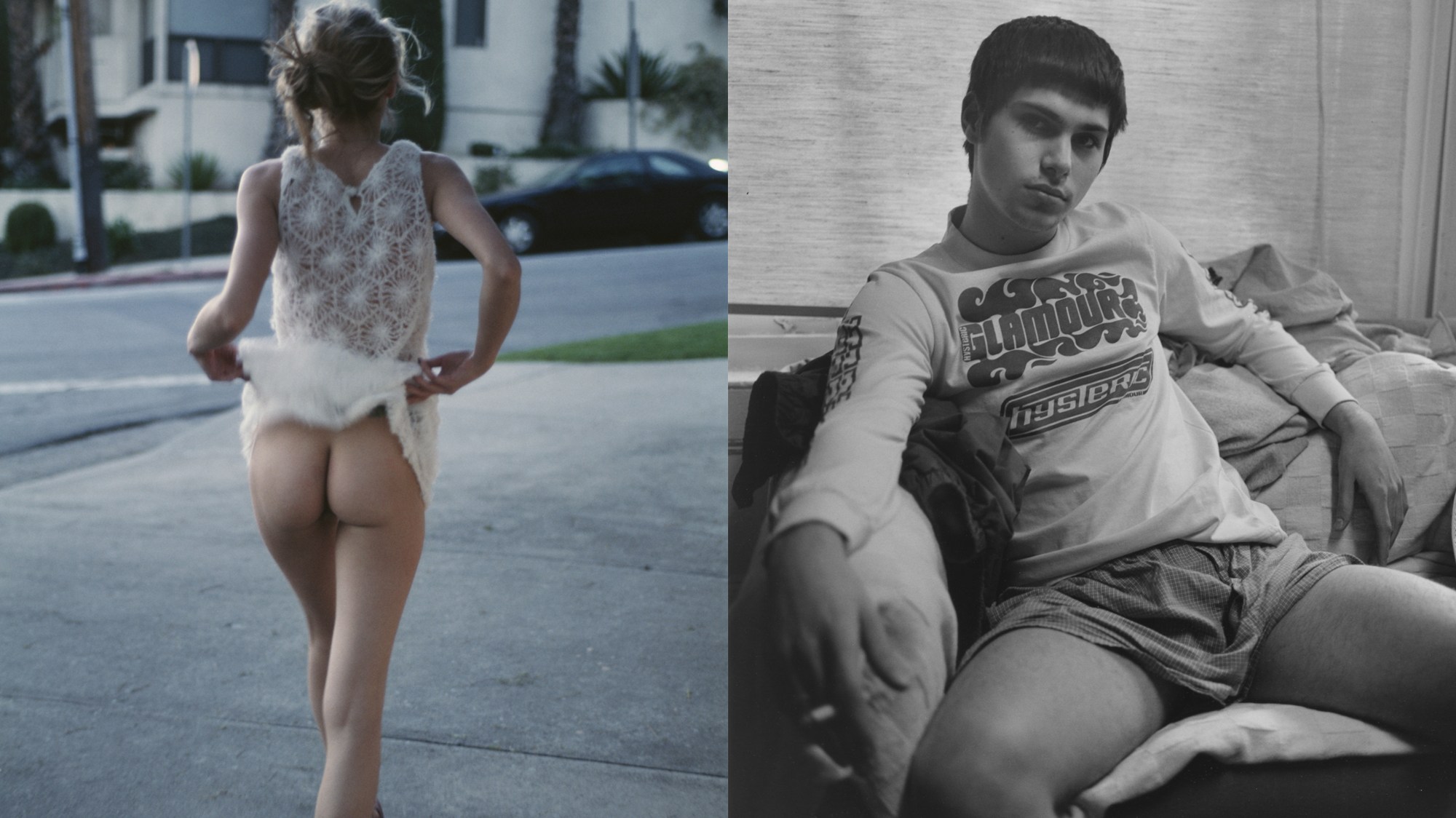Reading about the late photographer Davide Sorrenti before speaking to his mother Francesca, I came across hundreds of articles about drugs. There was little that talked about art or beauty or the despondency of youth, which I find radiate from Davide’s pictures. Lauded since his untimely death aged just 19 in 1997, his body of work — taken hurriedly, with fervour and conviction — became shorthand for what the media dubbed ‘heroin chic’. It’s a startlingly distorted legacy that has followed.
Earlier this year in E/MOTION: Fashion in Transition, an exhibition at MoMu, I saw Davide’s photo of Frankie Rayder clutching a bouquet of flowers and wearing a wilted slip dress, her eyes smudgy and sad. In the gallery, it was hung next to a clip of Bill Clinton accusing the fashion industry of “increasing the allure of heroin among young people”. Davide’s portrait of sorrow was used as a footnote to the president’s concerns. “But, you need to honestly know that none of Davide’s pictures were based on drugs,” Francesca says via Zoom from New York. “Davide smoked a lot but never did a shoot high. I’d ask him, ‘what is it that you want to talk about with your pictures?’ and this was prior to drugs coming in, and he said, ‘Ma, it’s my world, and my world is one of melancholy.'”
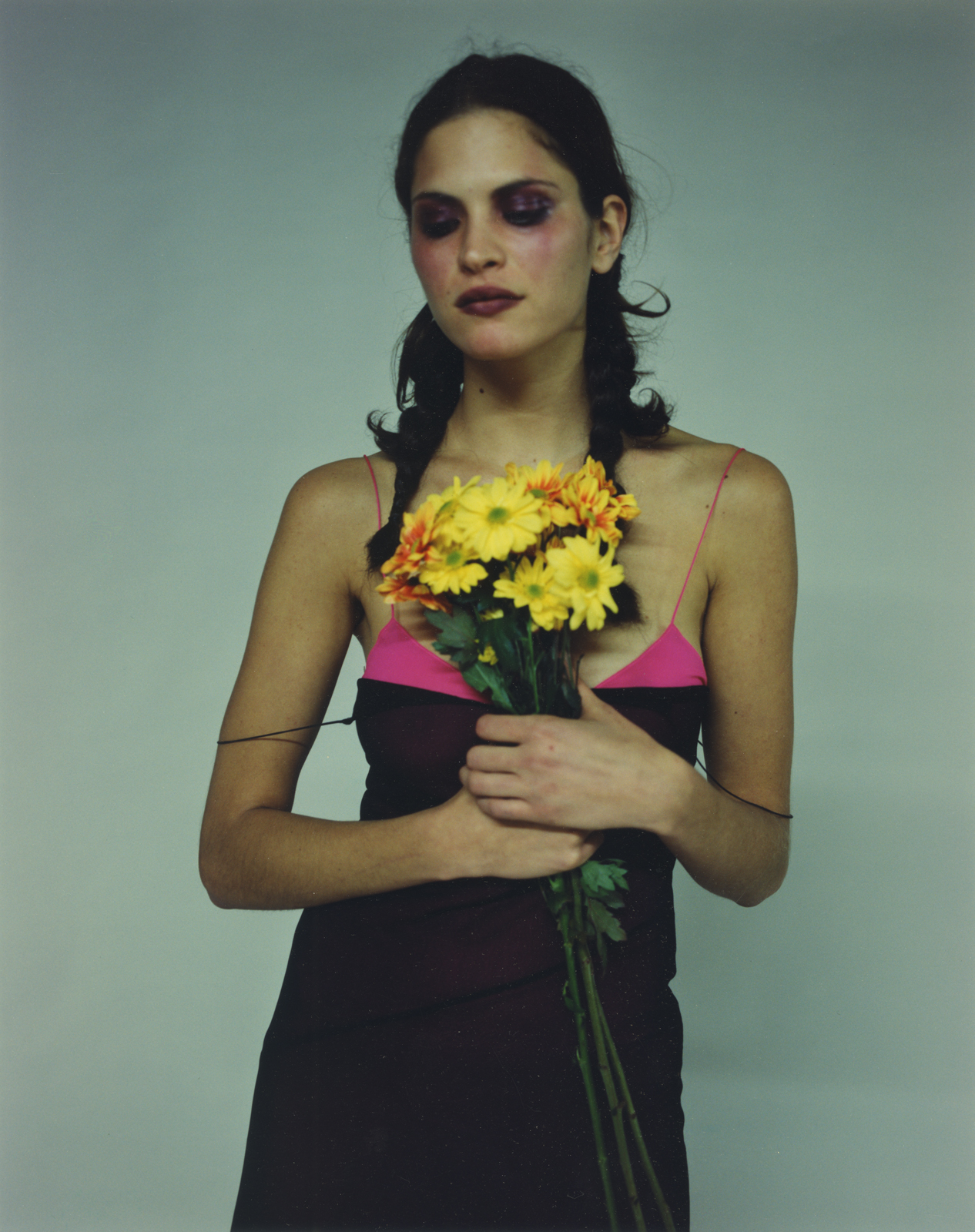
It is this melancholy that pervades MY BEUTYFULL LYFE, the third Davide Sorrenti book to be published by IDEA, released this week. Designed and edited by Francesca, it is full of wistful portraits, magazine tear sheets, and drawings scanned from Davide’s notebooks. It’s not a tome of gloomy druggy propaganda. The models express an ethereal Romanticism and youthful aloofness that recall the Victorian cult of the Pre-Raphaelites.
In her introduction to the book, editor Katie Grand writes about the “un-done” pictures of the early 90s. She fixates on the iconography of “cool kids hanging out with a very cool photographer and his exceptionally cool family.” Francesca says: “I think for Katie, ‘cool’ means ‘different’ and of course, being Italian, we are a very close family. I would always say it’s about family, staying together, loving each other, and being very respectful. Love and respect were two such powerful words.”
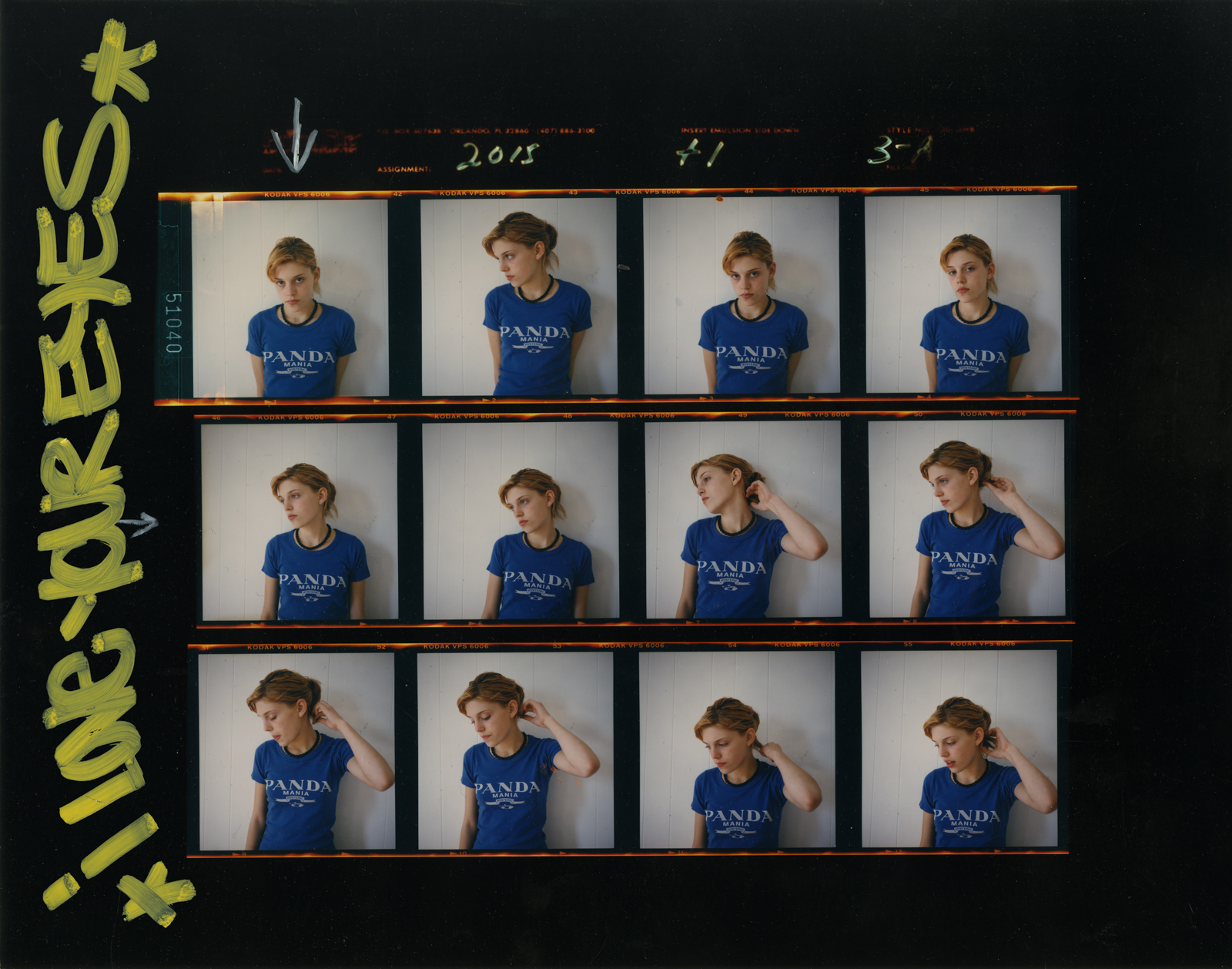
Moving back to America from Italy in the early 80s after splitting from her husband, Francesca found herself with no money and three children to raise, one of whom – Davide – was sick with thalassemia. Mario, Vanina and Davide didn’t speak English at first, binding them together even closer. As Francesca started to work again as a Creative Director, Mario was modelling and began taking his own photographs. Vanina started to work as a stylist. Then the recession of 1989 hit, and Francesca lost her corporate job. “And then Mario says, ‘you know, Ma, why don’t you pick up a camera?’ And I loved it. Through all of this, Davide was the little one following us around, but his life wasn’t easy. He had learning disabilities and had to go to the hospital every two weeks for blood transfusions, but he just absorbed everything from everybody.”
Davide loved hip-hop, art, opera, painting. He created a fashion brand called DANUCHT (pronounced The New Shit). He was a tough guy who would draw and keep stuffed animals in his bedroom. “Mario bought him his first camera, and he went all over the place with it, but the 90s wasn’t a good time to grow up in New York,” Francesca says. “Everybody wanted to be a gangster. Everybody wanted to do drugs because they had to feel what Kurt Cobain was feeling. They had to feel what Sid Vicious was talking about. They all wanted to take pictures like Nan Goldin.”
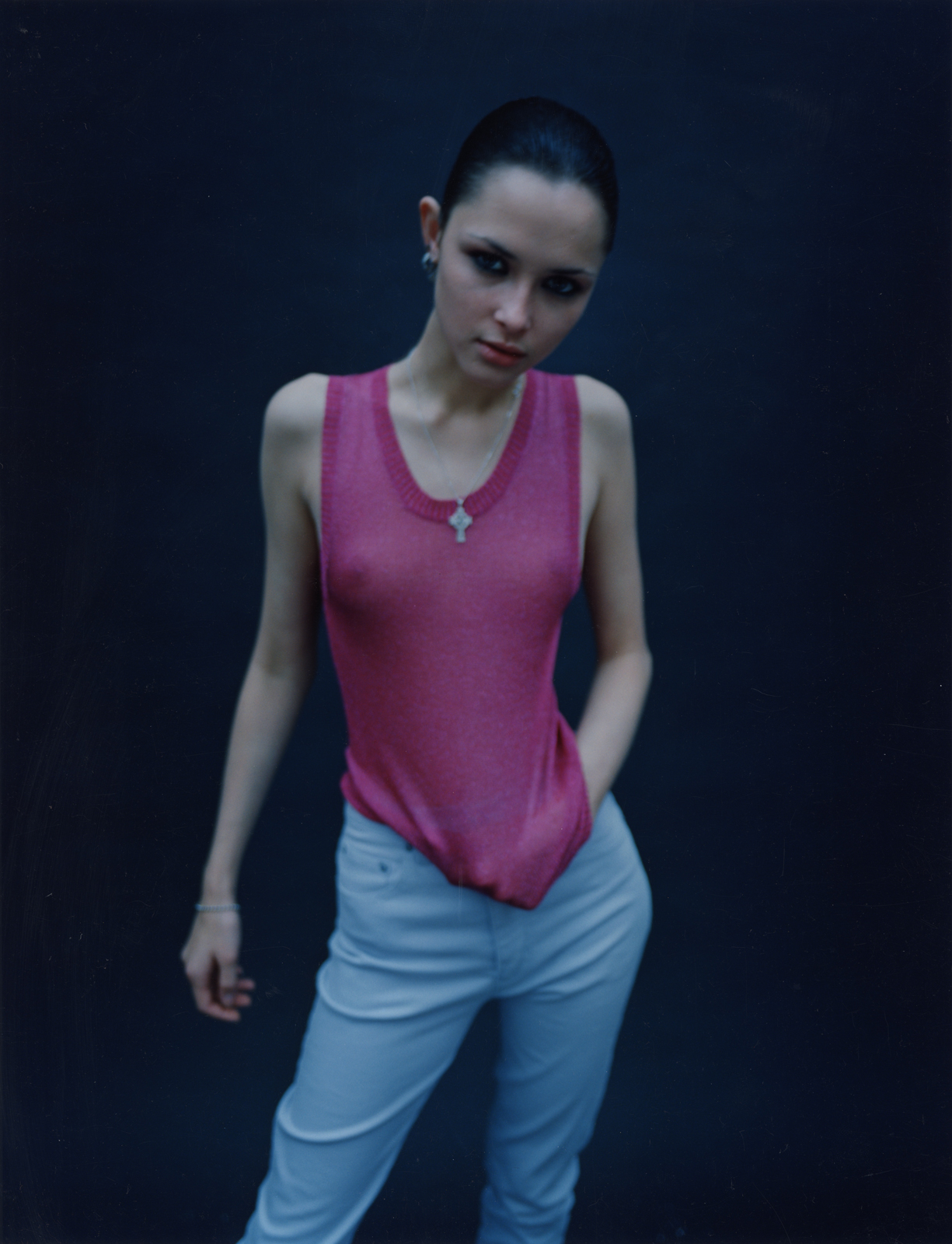
The period was one of contrasts. On the cover of magazines were the healthy, pretty, clean-cut superstar models in bathing suits. Behind the scenes, things were becoming toxic. “The Sandra Bullocks of cinema were dying off; they wanted more bad girls. So then the models became superstars. The agencies allowed them to do everything. They got younger and younger; the bookers got younger and younger. And the designers – the older ones – were sort of freaking out, because just coming out of a recession, they figured, let’s have the young people decide what to do!” In the middle of this was Davide: “a sick, talented boy who knows his life is on a string.”
This new 160-page book encapsulates all of the things that radiate from Francesca: family, a joy of learning, love, a courage to chew whatever life spits at you. Internally, Davide had a body of an 80-year-old and, at the time of his death, he’d missed one of his bimonthly transfusions. The media was quick to label his death as a heroin overdose – it took months before a toxicology report revealed that this wasn’t true. “Davide only tried heroin four or five months prior to his death and only a minimal dose. He started to get very riddled in pain; he had a very severe back problem, and his legs hurt him, but he was cool, so no one could know.”

Today, a generation of young people are discovering his work and identifying, perhaps, with an urge to freeze-frame their frantic world. “When he passed, I had kids writing to me who were sick and said, ‘I can do something with my life’,” Francesca adds. “There are history books on fashion that say ‘Davide Sorrenti’s death ended heroin chic’. He was born to send a message.” Because, listening to the way his mother talks about him, and experiencing the work inside MY BEUTYFULL LYFE, it’s clear Davide’s is a legacy of life, not death.
‘MY BEUTYFULL LYFE’ will be launching Sunday, November 21, 2021, 4pm – 6pm. Dover Street Market New York. 160 Lexington Avenue. Join the waiting list for the book here.
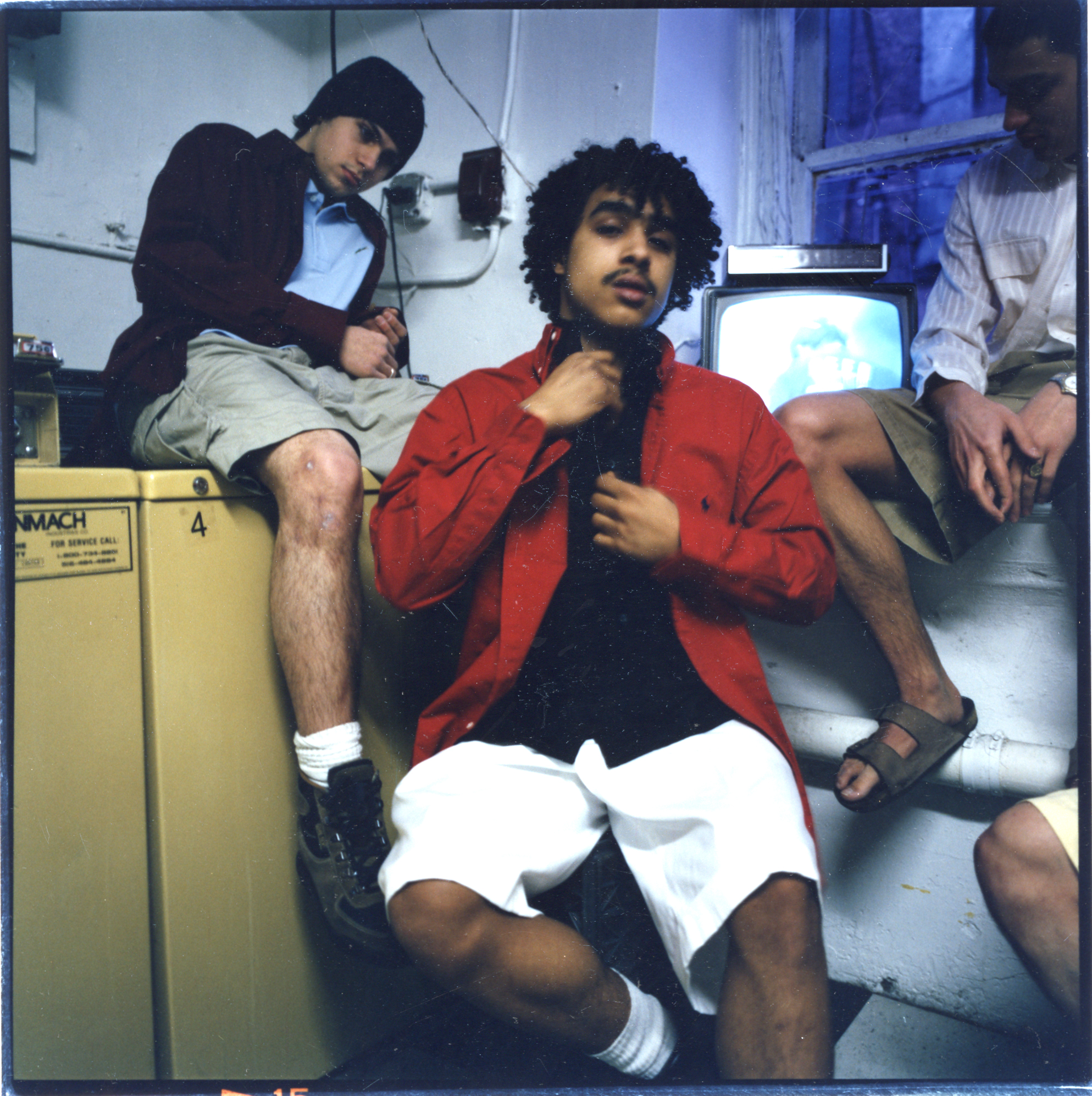

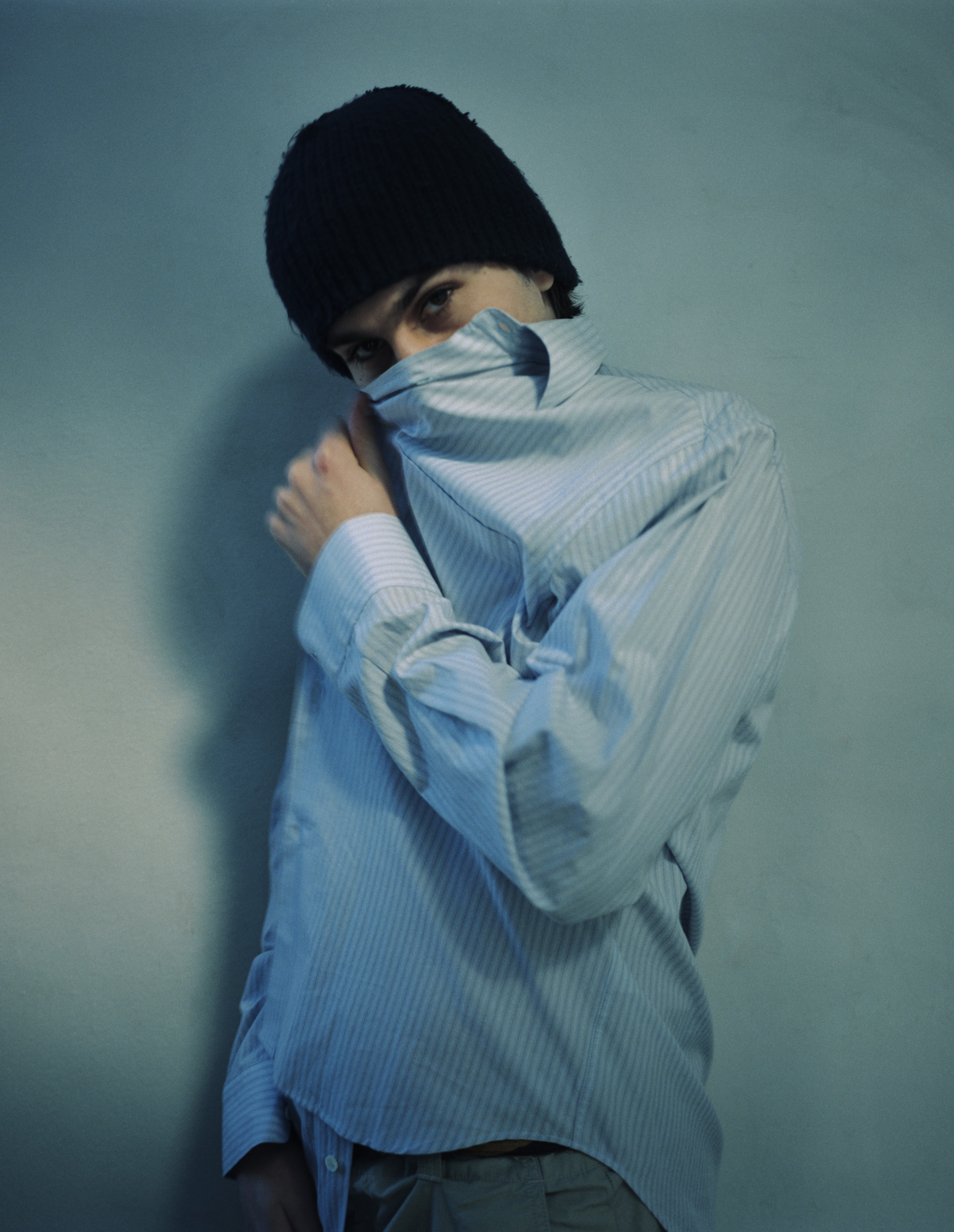
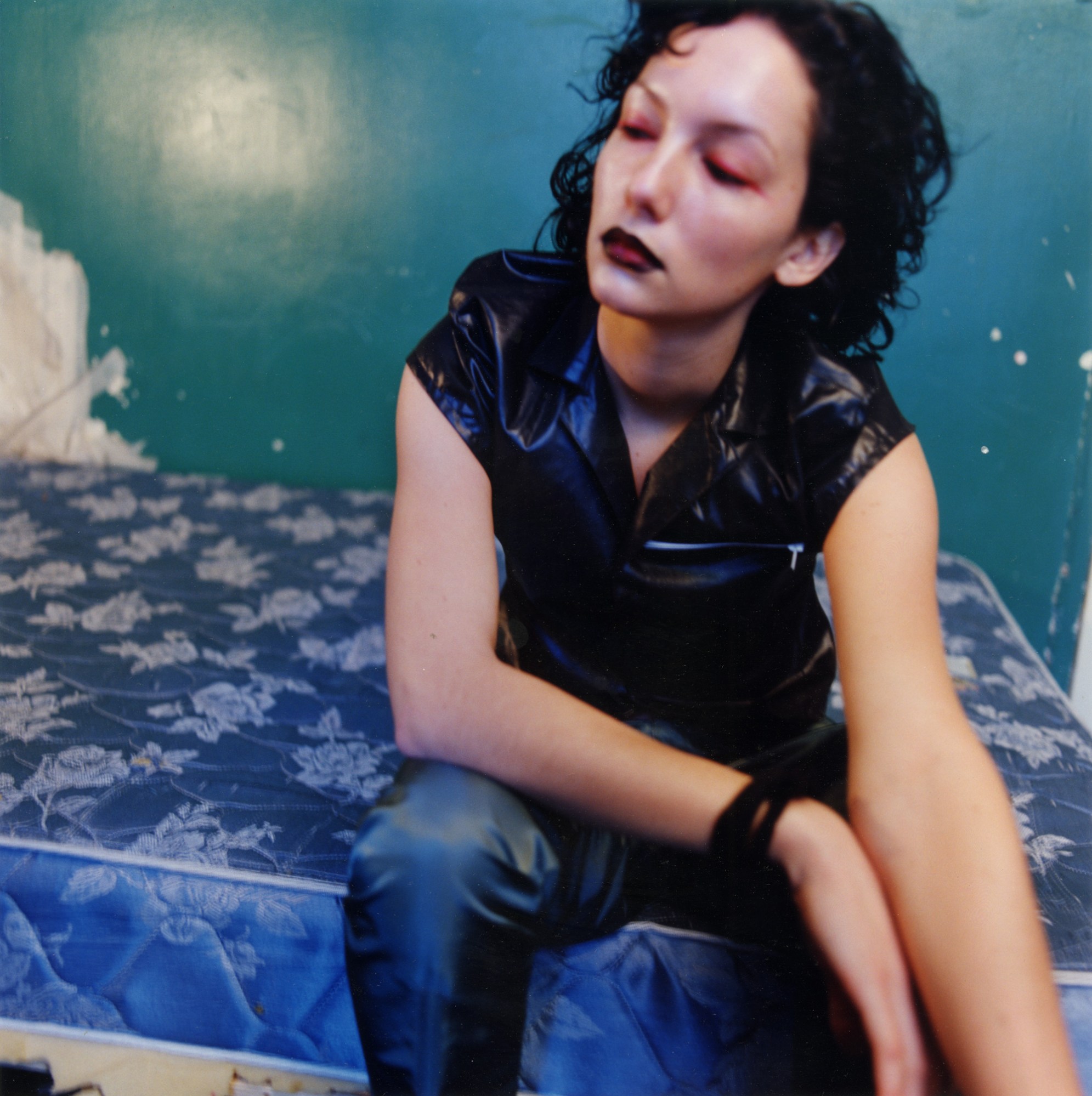
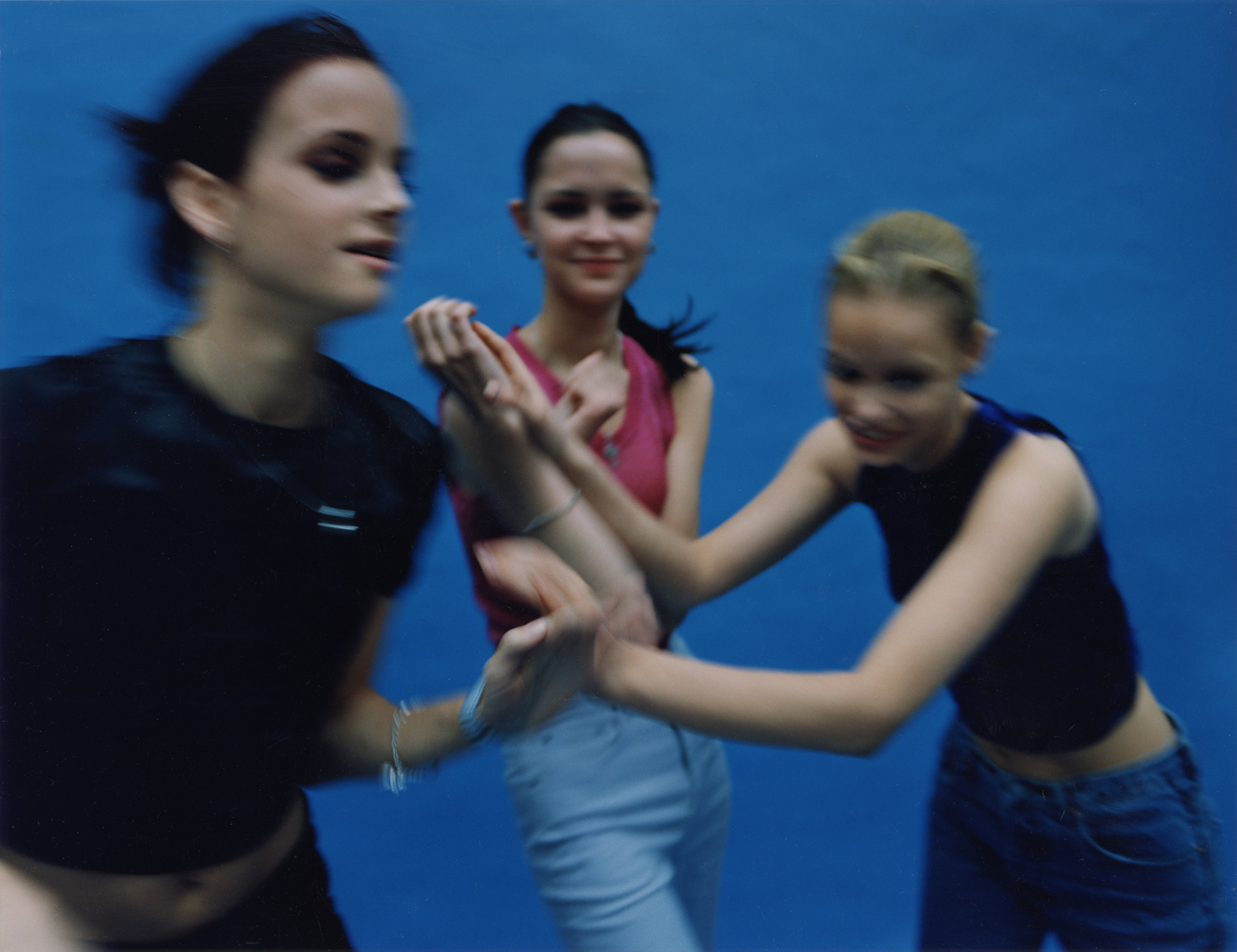
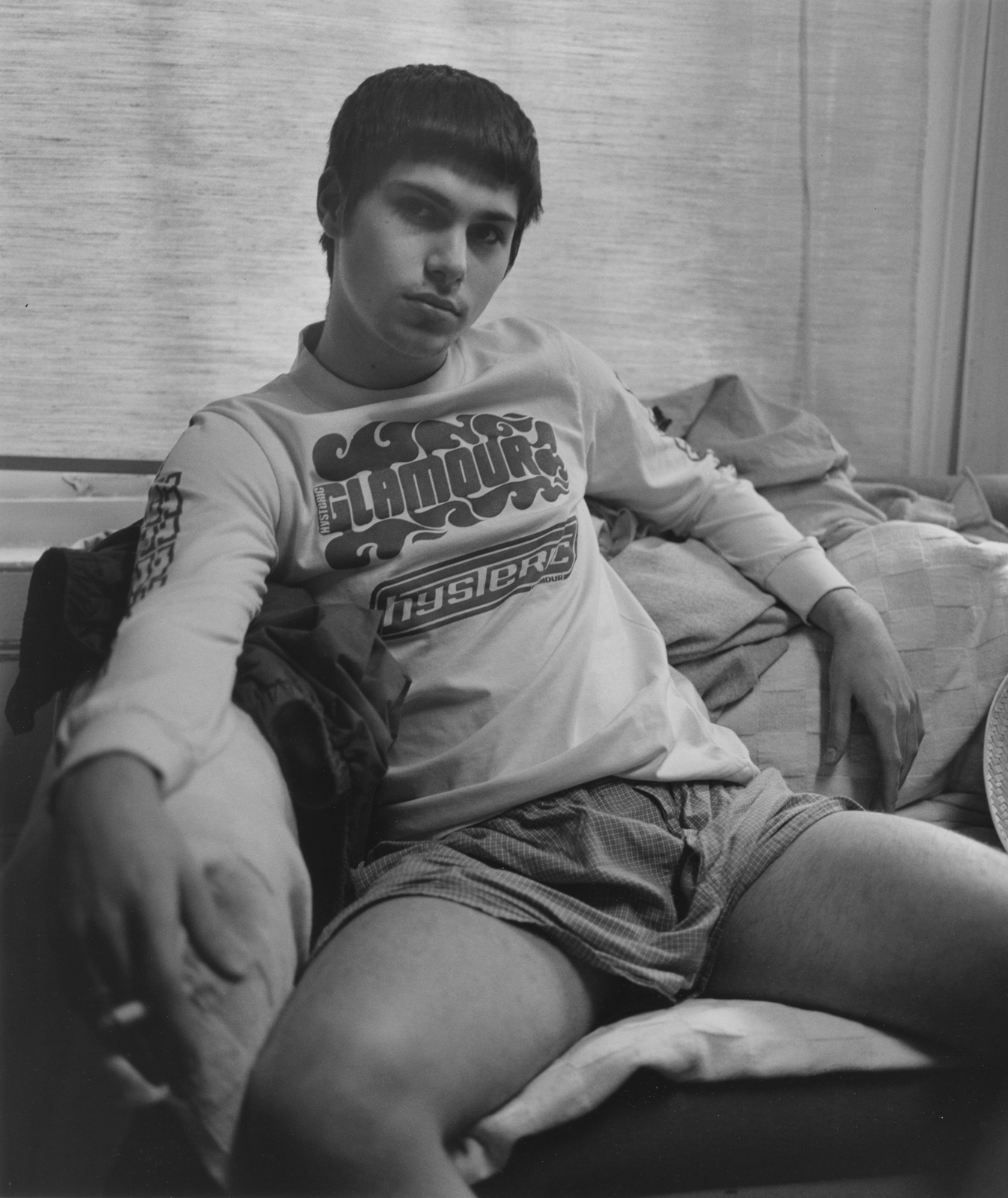
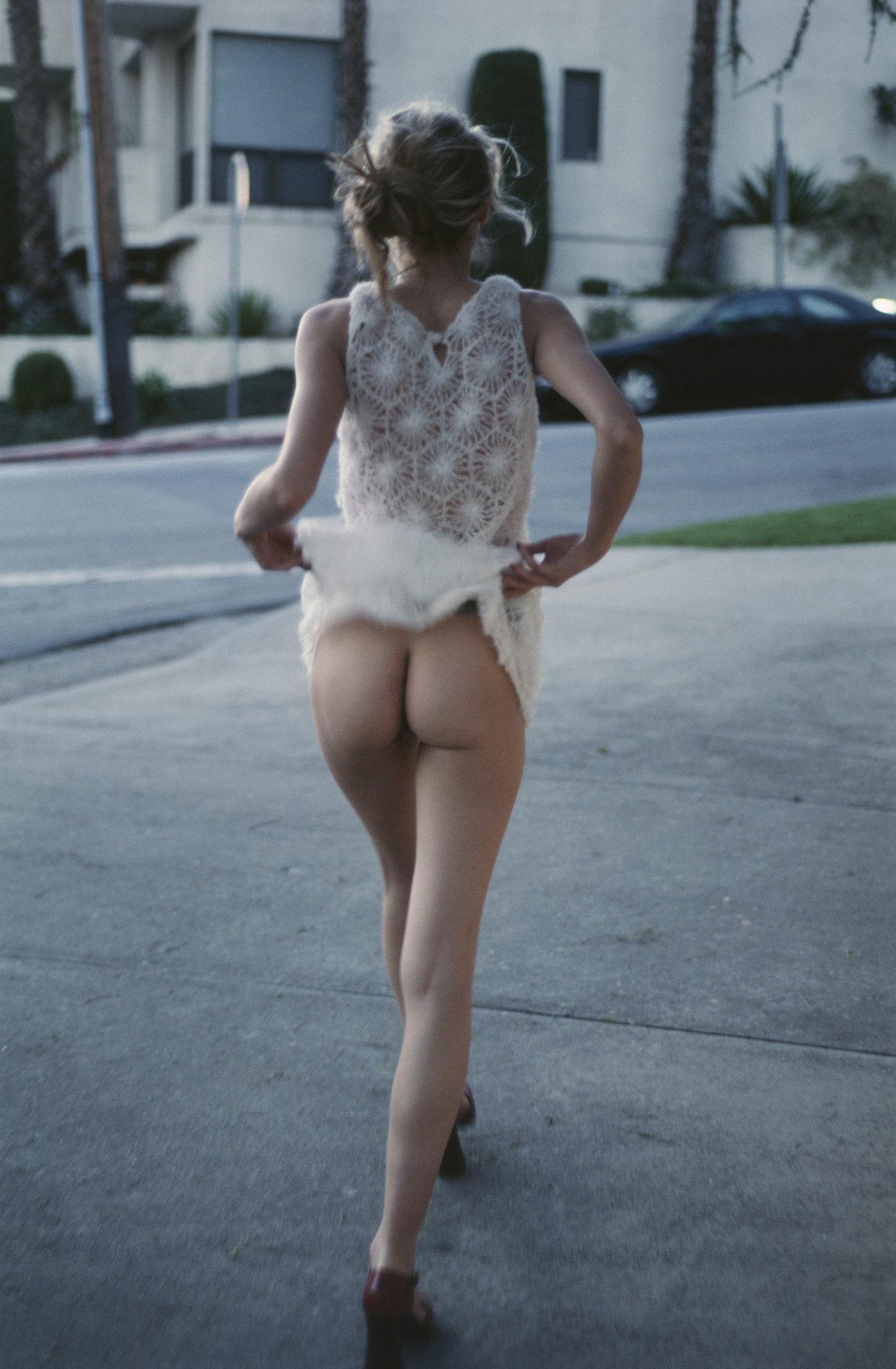
Credits
All images courtesy Idea
